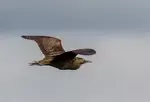- Home
- How to Identify Wild Birds
- Bird Beaks
How to Read Bird Beak Types
On a crisp morning at Frampton Marsh, watching an Avocet sweep its thin upturned bill through the water, I finally understood how-to-read-bird-beak-types.
That beak wasn’t just a beak; it was a tool perfectly shaped for the bird’s way of life.
Once you start reading bills like this, every bird you see becomes easier to place, even at a glance.
In this guide, you’ll learn what different bill shapes reveal about how a bird feeds, lives, and survives.
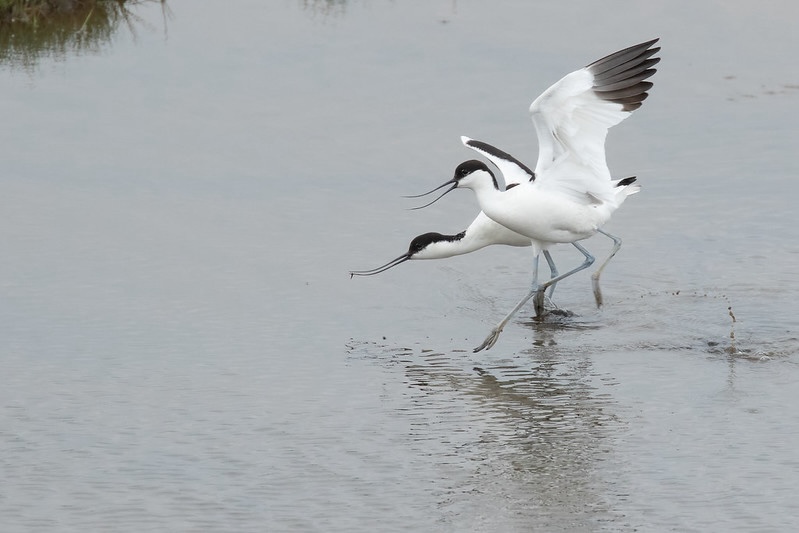
That's the journey I want to take you on now. Forget lists and textbooks. Let's just go for a walk together and see what stories the birds are telling us with their beaks.
We'll start where most of our nature walks do—right by the back door.
There's a flurry of garden bird activity at the feeder.
A Greenfinch, a tiny powerhouse, is at work, its stout, conical bill making short work of a black sunflower seed. It’s all strength and efficiency.
But then, a humble Dunnock hops underneath, cleaning up the mess. Its bill is completely different—slender and fine, perfect for picking through the leaf litter for the tiny seeds and insects the finches miss.
Two birds, one location, two completely different solutions.

As we wander towards the woods, a flash of movement in an old oak catches my eye.
A Wren, tiny and fierce, is using its own delicate, tweezer-like bill to pluck a spider from a crevice in the bark. It’s a tool built for precision, not power.
You see the same thing with the Long-Tailed Tits as they move through the canopy in a chattering flock, their tiny bills working tirelessly. It’s a completely different world from the brute force of the finches.

The path dips down towards a small river, the air getting cooler.
Standing motionless in the shallows, like a statue, is a Grey Heron. Its bill is a spear, plain and simple.
We wait, holding our breath, and then in a flash, it strikes, emerging with a wriggling fish. There is no guesswork; it’s a tool of deadly accuracy.

A sudden splash of electric blue upstream is a Kingfisher, owner of a smaller, but no less effective, spear.
Out on the water, different duck species are showing off an entirely different toolkit.
A male Shoveler, with its almost comically wide, spatula-shaped bill, is sifting the water surface, filtering out a meal we can't even see. It’s a marvel of design.
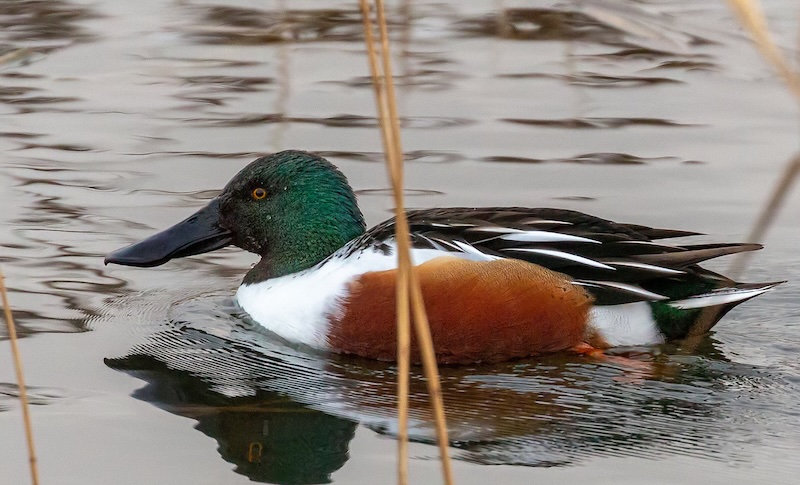
Nearby, a group of Wigeons are grazing on the riverbank grasses, their rounded bills snipping away like little lawnmowers.
As we continue, the path opens up to a wide, muddy estuary where the tide is out. The air smells of salt and mud.
This landscape requires a new set of tools.
A flock of Dunlin, like clockwork toys, are probing the surface with their slender, slightly curved bills.
But further out is the master of this domain—the Curlew. Its bill is impossibly long and curved, a graceful arc that it plunges deep into the mud. That bill is packed with sensitive nerve endings, feeling for the movement of a hidden worm long before it can be seen.
An Oystercatcher struts past, its bright orange bill looking like a misplaced carrot.
It’s not a delicate probe; it’s a crowbar. It finds a mussel shell, and with a series of deft twists and leveraging motions, pries it open. It’s a tool of pure strength.

Out on the sea cliffs, you see another kind of specialist.
The Puffin, with its famously colourful bill which isn't just for show—it's designed to hold a whole row of small fish, a skill essential for feeding its young back in the burrow.
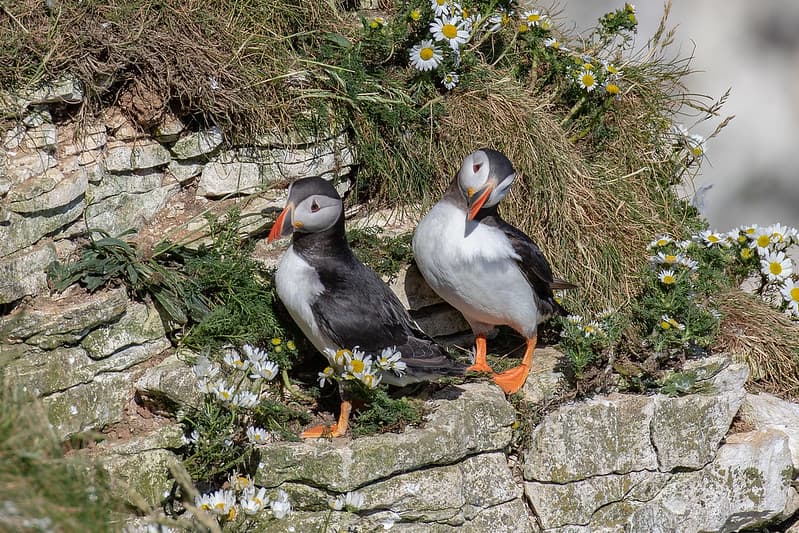
As we turn for home, a shadow passes overhead. It's a Red Kite, its hooked beak a clear signal of its lifestyle.
It's a hunter and a scavenger, and that sharp, curved tip is the perfect tool for tearing its food. It's the final piece of the puzzle for today.
We didn’t look at a list; we took a walk.
And everywhere we looked, the birds were showing us exactly how they make a living, right there on their faces. That's the secret.
That's beak speak.
Now it's your turn to play detective.
Your Detective Challenge: Find the Beak Speak Trio
Now it's your turn. Reading about it is one thing, but seeing it for yourself is where the real magic happens.
On your next local walk—whether it's in your garden, a park, or a nearby wood—I challenge you to find these three common "tools" in action.
Your mission is to spot:
The Seed Cracker: Look for a bird with a short, stout, powerful bill.
- Prime Suspects: House Sparrow, Greenfinch, Chaffinch
- Where to look: Bird feeders, under trees, or in hedgrows
The All-Purpose Bill: Find a bird with a classic, versatile beak that isn't overly specialised.
- Prime suspects: Robin, Blackbird, Starling
- Where to look: On lawns searching for worms, or in bushes foraging for berries
The Insect Tweezers: Spot a bird with a fine, slender, pointed bill, built for precision
- Prime Suspects: Blue Tit, Wren, Goldcrest.
- Where to look: Among the branches of trees and shrubs, actively hunting.
The Photographer's Bonus:
For an extra challenge, try to capture a photo of each one. The goal isn't a perfect portrait, but an "evidence photo" that clearly shows the beak and, if you're lucky, what the bird is doing with it.
This is a fantastic way to practice your photography with a clear purpose in mind. For more ideas, check out the wildlife photography tips for beginners.
I'd love to hear how you get on.
It's a simple skill, but once you start noticing the incredible diversity of tools the birds are using every day, you'll never look at them in the same way again.
Happy detecting!
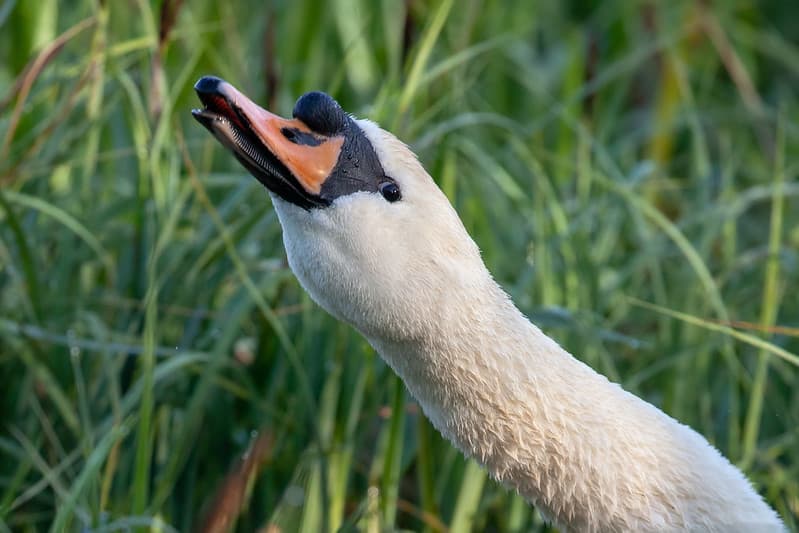

About the Author
I’m a wildlife photographer who learns on everyday walks. This site is my field notebook: practical photo tips, gentle ID help, and walk ideas to help you see more—wherever you are.
Step Behind the Wild Lens
Seasonal field notes from my wildlife walks: recent encounters, the story behind favourite photos, and simple, practical tips you can use on your next outing.
